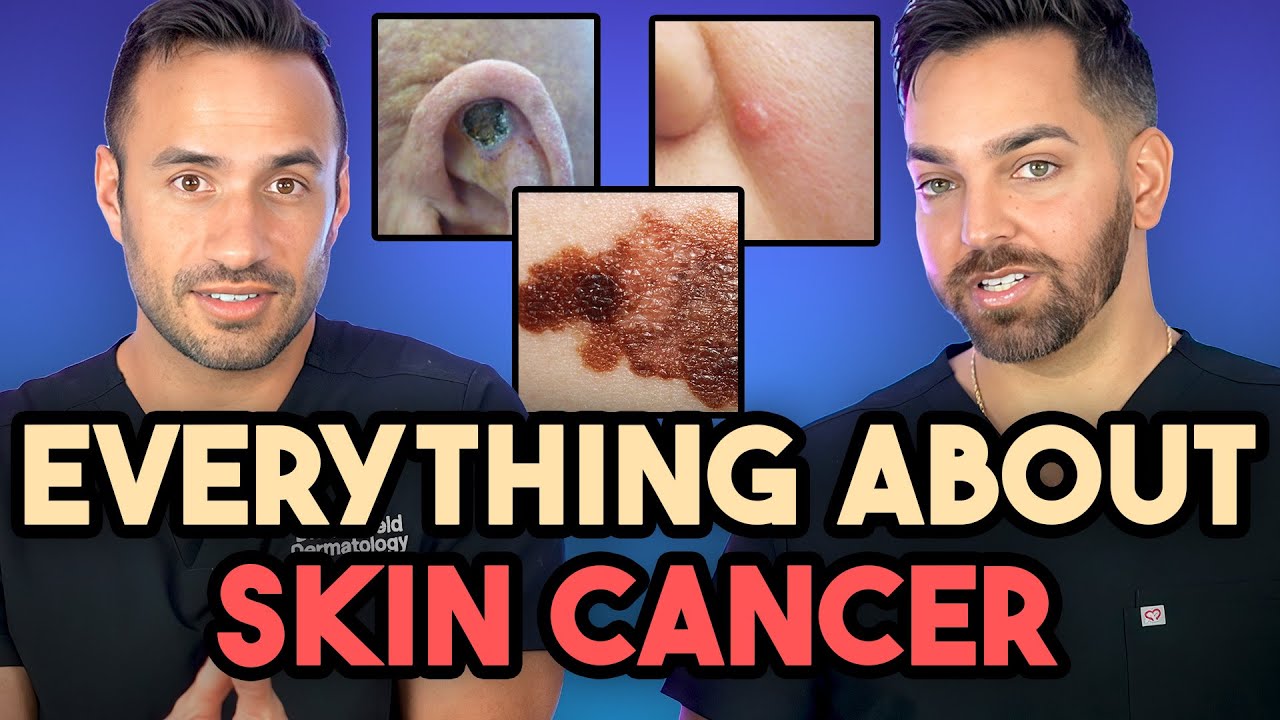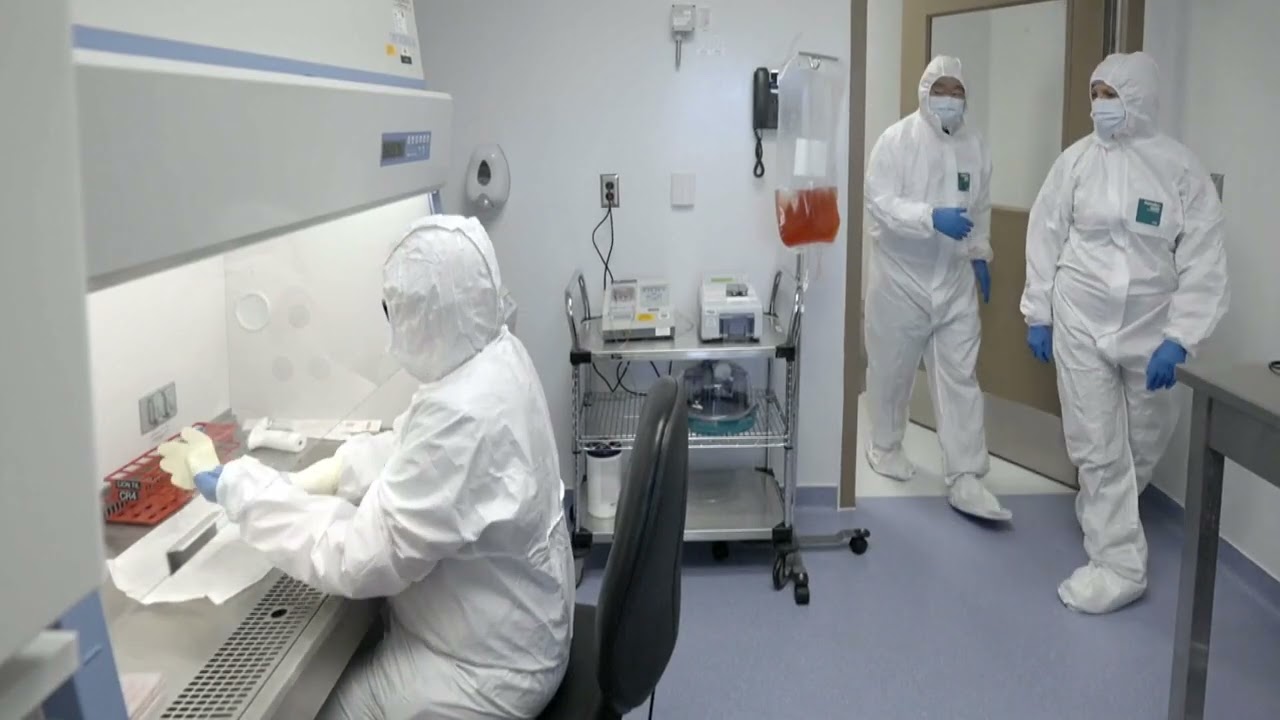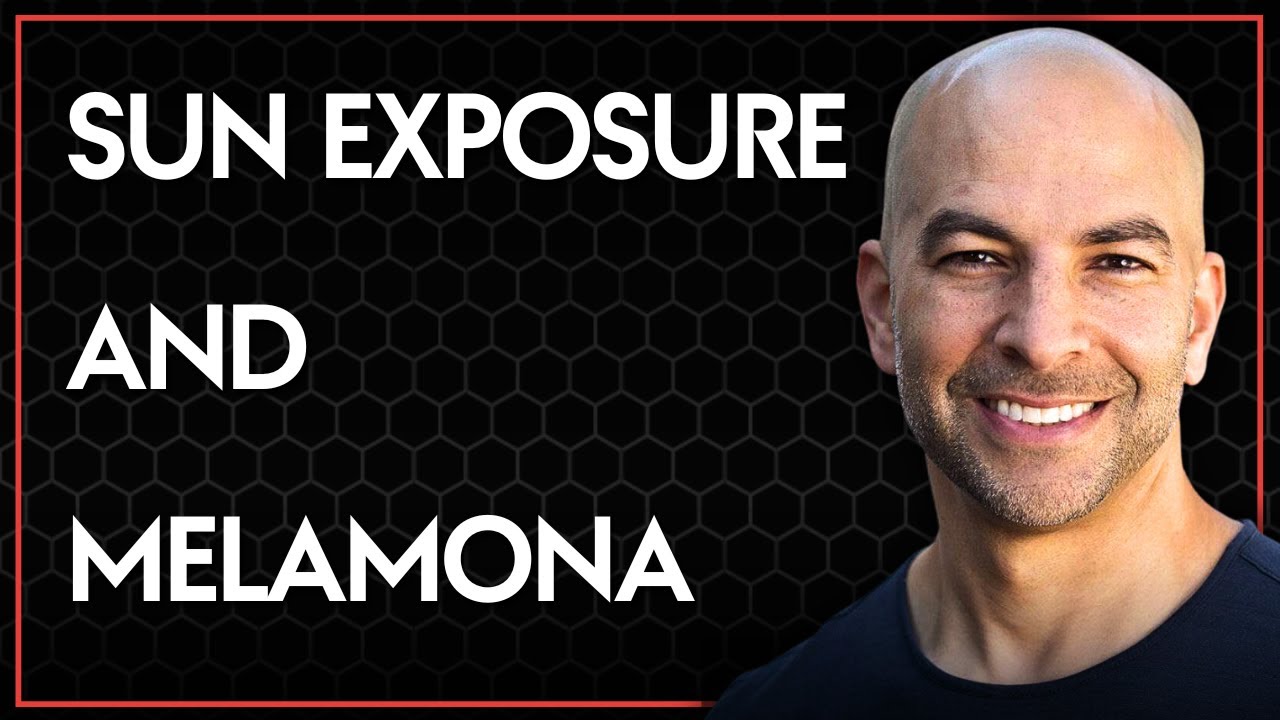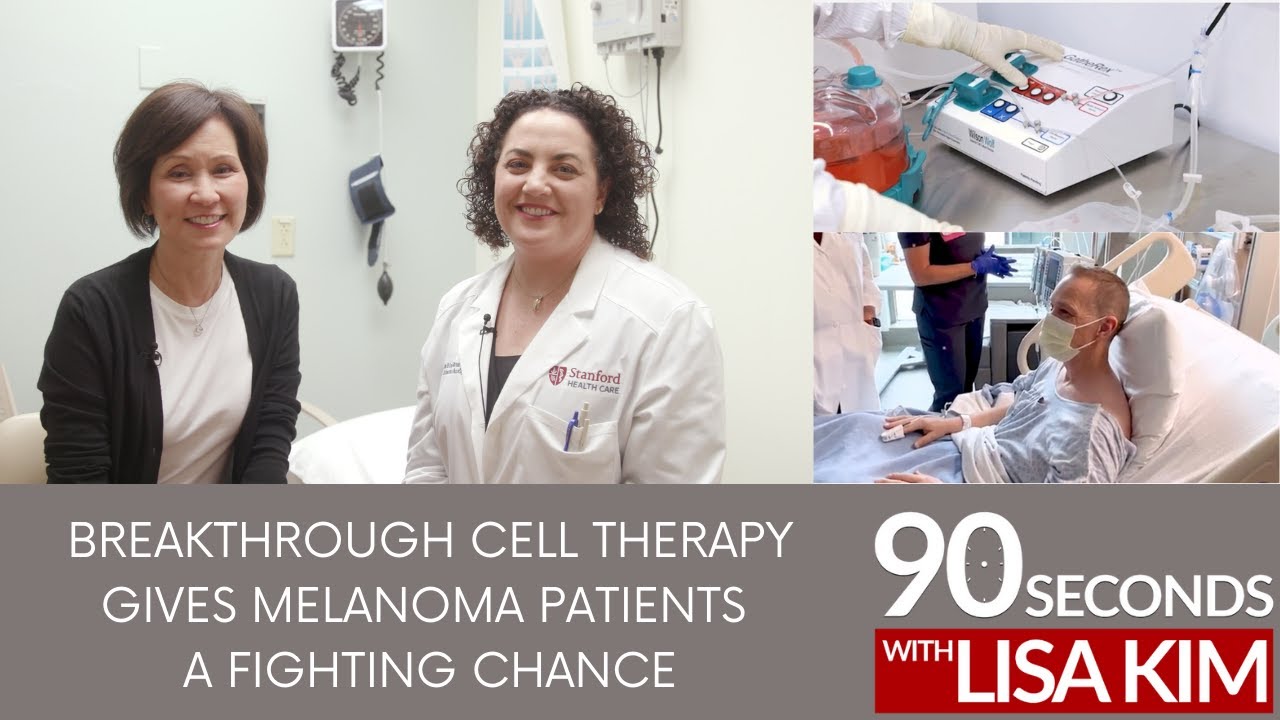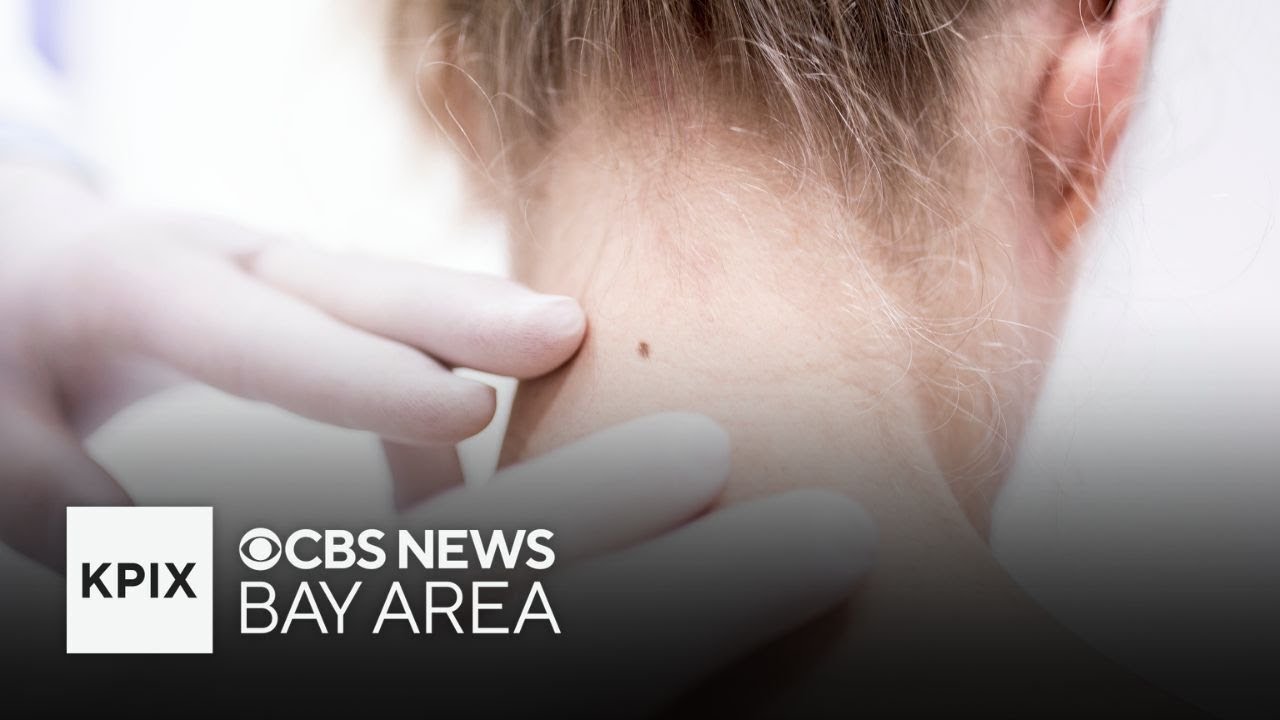The Dermatology Channel
NEW YORK (Reuters Health) – A small study comparing two concentrations of abobotulinum toxin A (brand name, Dysport) in reducing forehead wrinkles indicates that greater dilution results in a larger surface area of effect.
The finding suggests that diluting the product “may allow clinicians to achieve desired clinical outcomes while using modest doses of toxin,” conclude Dr. Naheed R. Abbasi, with the Summit Medical Group, Berkeley Heights, New Jersey, and colleagues in their research letter published in the Archives of Dermatology for January.
The authors explain that the spread of injected onabotulinum toxin A in relation to volume and concentration has been studied, but their experience suggests that abobotulinum toxin A may spread differently.
To investigate, they recruited 10 subjects (9 men and 1 woman) with moderately severe forehead rhytids who were given injections of 6 U of abobotulinum toxin A in the right and left forehead. One injection was diluted with 0.1 mL of saline, the other with 0.3 mL.
After 14 days, the extent of wrinkle reduction on each side was assessed by a blinded physician. “Consistently, the more dilute concentration of the product produced a larger surface area of rhytid reduction,” the authors found.
Specifically, the mean area of reduction was 476.6 square millimeters with the more concentrated solution compared with 794.1 square millimeters with the more dilute solution.
The durability of the treatment could not be assessed because the marked asymmetry required correction with additional injections, Dr. Abbasi and colleagues explain.
They comment, “Future studies to assess the relationship between product dilution and longevity would be useful, as would specific comparisons of the diffusion properties of different botulinum toxins used in medical practice.”
SOURCE:
Arch Dermatol 2012;148:119-121.



